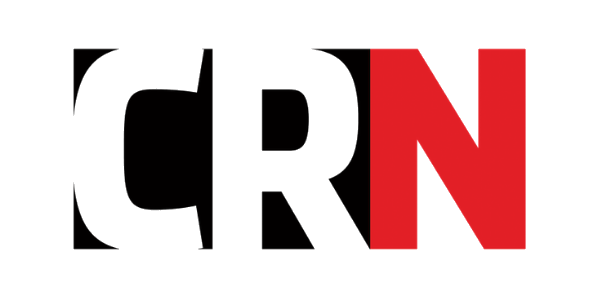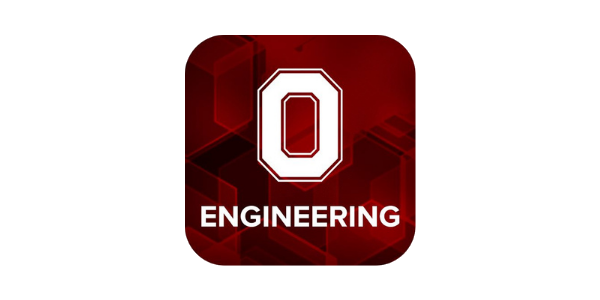Anchor Is Like Ransomware
For The Good Guys
Doxware is the new ransomware. Anchor uses the attacker’s own playbook against them to neutralize doxware.
Ransomware Has Changed and Evolved
Ransomware used to just lock up your data and make you pay to get it back. It’s evolved into something more dangerous. Doxware is ransomware that threatens to publish your most sensitive data on “leak sites” or “the dark web” if you don’t pay the ransom.
Defending against traditional ransomware meant frequent, offline backups.
Doxware (noun)
: ransomware that threatens to release confidential/sensitive data to the public if the victim does not pay the ransom. It comes from the term “doxing,” which means releasing confidential information on the internet.
// the doxware attack was harmless because our files were anchored
Synonyms: leakware, extortionware
Defending against doxware means anchoring your data.
Anchor neutralizes doxware because your sensitive data is always encrypted. Even if they manage to steal your data they can’t use it against you. The decryption keys are secured offsite by Anchor and are never saved with the data. You, and only you, are capable of decrypting your files.

1. Anchor Your Data
Anchor your sensitive files so they will always be encrypted and access controlled.
2. If You Get Hit With Doxware
No one wants to get breached but it happens. Despite your best efforts, it can happen to your company.
3. Don’t Sweat It
When the attacker threatens to publish your sensitive data, respond with confidence because the files they stole are encrypted and they don’t have the keys.
Appreciate The Irony
Sometimes the best defense is a good offense. Take pride in knowing that you protected your confidential information from would-be doxers using the same method their ransomware used to make you a victim.
While large enterprises may present themselves as more lucrative prey, small & medium size businesses (SMBs) are an attractive target due to their lack of resources to defend against such attacks.
WeLiveSecurity Magazine
Ransomware is expected to attack a business every 11 seconds by the end of 2021. Global ransomware damage costs will reach $20 billion by 2021.
Cybercrime Magazine



Doxware vs ransomware... Which is worse?
It depends on your business. Traditional ransomware can bring your operations to a halt. But if you have a secure, reliable backup system you can restore operations, making it a temporary problem.
Doxware can destroy your business reputation and credibility. Once confidential information is leaked there is no getting it back. You can’t undo the damage.
If your business deals with highly sensitive data then doxware can do far more damage than traditional ransomware.
How do I protect my business from doxware?
The only way to protect your business from doxware is to prevent sensitive data from being stolen in the first place. Once data has been leaked it can’t be unleaked.
Anchor keeps your sensitive information encrypted at all times so that files stolen by doxware are still protected and sensitive information won’t be leaked online.
To protect your business from ransomware you need secure backups and to protect it from doxware you need to Anchor Your Data.
Neutralize Doxware. Anchor Your Data™
Datanchor Provides Compliance with CMMC Certification
With Anchor the “system” is the set of Anchor-protected files containing CUI. Anchor simplifies CMMC compliance by reducing the system boundary from a complex architecture of networks and computers to a narrow set of anchored files. Minimizing the attack surface with Anchor zero-trust data security means an attacker being on the same network or even on the same computer as CUI does not expose it to them.
Quick Guide For CMMC Compliance
This document provides a comprehensive overview of CMMC Level 3 (based on v1.02) and NIST 800-171 controls mapping that DAtAnchor. This guide will be your key to success in achieving CMMC compliance with Anchor.
Anchor Security Architecture For CMMC
This brief introduction to the basic CMMC requirements provides examples of IT infrastructures and how Achor fits in each. We provide a detailed mapping exercise illustrating the domains and subdomains covered by the Anchor platform.
Learn How NIST Supports Manufacturers
The integration of physical production and digital technologies has forever transformed the factory floor, but small manufacturers have often failed to protect their investments in these new technologies with a comparable investment in cybersecurity.
Find out how your company can use crypto-technology that allows security to travel with the data versus within the confines of our network.
With Datanchor, users can collaborate and share sensitive files anywhere, without an organization sacrificing control of their data security. Contact us to see how.